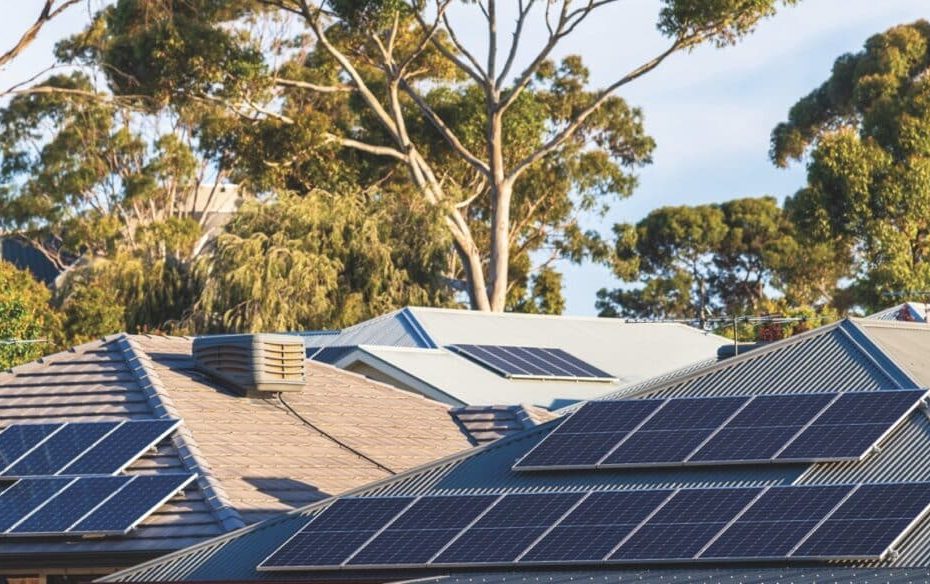While increasing uptake of CERs is a positive step towards net zero, it could have unintended consequences on the low voltage network.
Maximising the contribution of consumer energy resources (CERs) is key to meeting Australia’s climate goals, and at 30 per cent penetration (20GW of total capacity) rooftop solar is growing faster than any other renewable source. However, replacing a few large plants on the transmission network with millions of CERs in the distribution network creates a paradigm shift for the energy marketplace.
Transmission-connected generation offers real-time visibility and control, however, CERs are installed in low voltage distribution and are not operated by energy market professionals. At eleven per cent of installed capacity, this lack of control is already causing minimum demand and localised stability issues.
Area Vice President of Itron Australasia, Alex Beveridge, explained that as the economies of scale for CERs are so different from traditional generation, a new approach is needed.
“It’s not economically feasible to extend HV control systems to millions of CERs. Getting the full value from CERs will require improved low voltage network modelling, integrated with measured data from multiple sources like IEEE2030.5 inverters, and smart meters to provide a measured plus modelled view of the state of the low voltage network in real time; and the ability to map this physical information to the financially responsible aggregators who connect CERs to the market for dispatch,” Mr Beveridge said.
Solution of the future
Itron’s Low Voltage Distributed Energy Resource Management Solution (LV-DERMS) is designed specifically to provide demand-side operators with the tools they need to manage CERs within the low voltage network. When integrated with existing systems – like ADMS, GIS, and AMI – LV-DERMS helps transform the planning and operating risks caused by CERs into opportunities.
LV-DERMS addresses challenges facing the low voltage network by providing network operators with a real-time data processing suite that:
Consolidates data from multiple sources including ADMS, GIS, IEEE2030.5 CSIP-AUS inverters and smart meters to provide the most accurate measured view of the network state in near real-time
Provides a fully IEEE2030-5 CSIP-AUS compliant utility server for connection to aggregators and inverters
Uses fault-tolerant state estimation to model the state of unmeasured points, forecast constraints, and generate DOEs
Enables network operators to dispatch CER control signals through market mechanisms or direct to aggregators and inverters
Allows optimisation of CERs on market price or customer preference basis
Meeting Australia’s market needs
Australia has the highest residential penetration of PV in the world, and Mr Beveridge said that the challenges this presents are driving the focus for LV‑DERMS.
“The transition to renewables will bring a number of challenges, including the integration of battery storage, mass market adoption of EVs, and the transition out of natural gas, the impacts of all these changes will happen in the low voltage network, so it is critical that operators have a clear understanding of what’s happening at the edge of the network,” Mr Beveridge said.
“Itron’s LV-DERMS augments the existing utility landscape by focusing on the low voltage network, to provide increased visibility, better understanding of understand capacity constraints, and dispatch control signals through a variety of market mechanisms.
For more information, visit aunz.itron.com/lvderms
Image credit: noomcpk/shutterstock.com.
